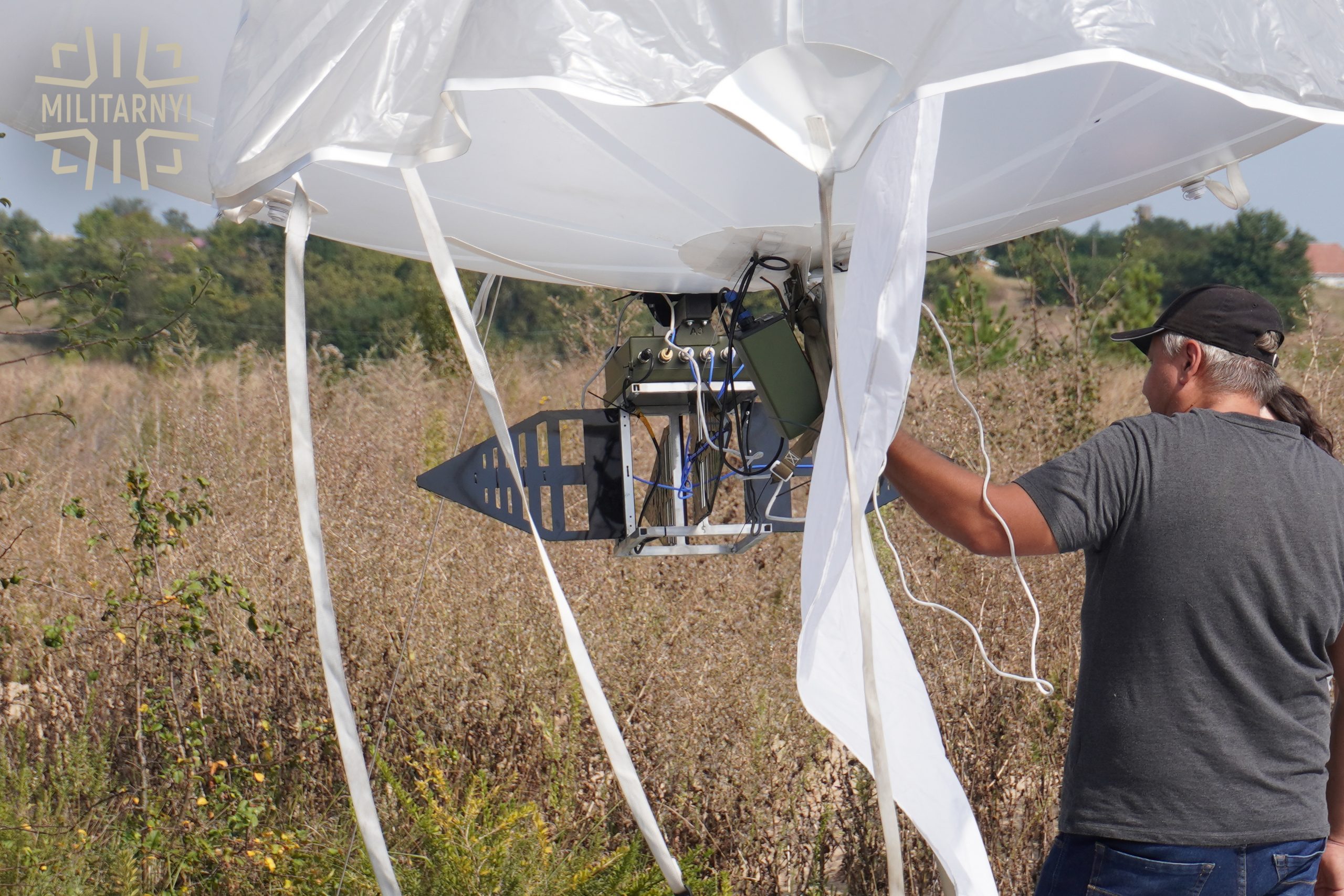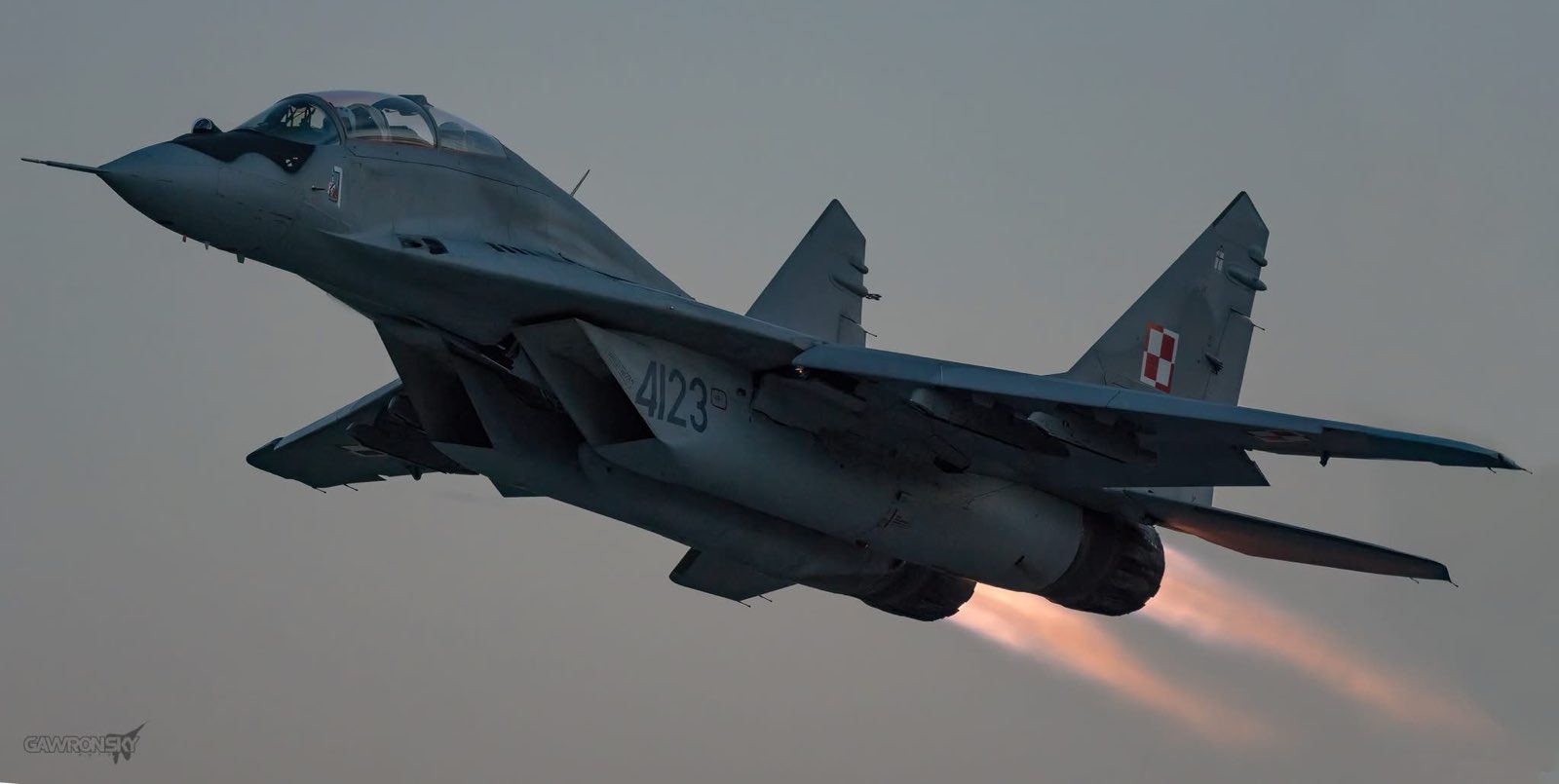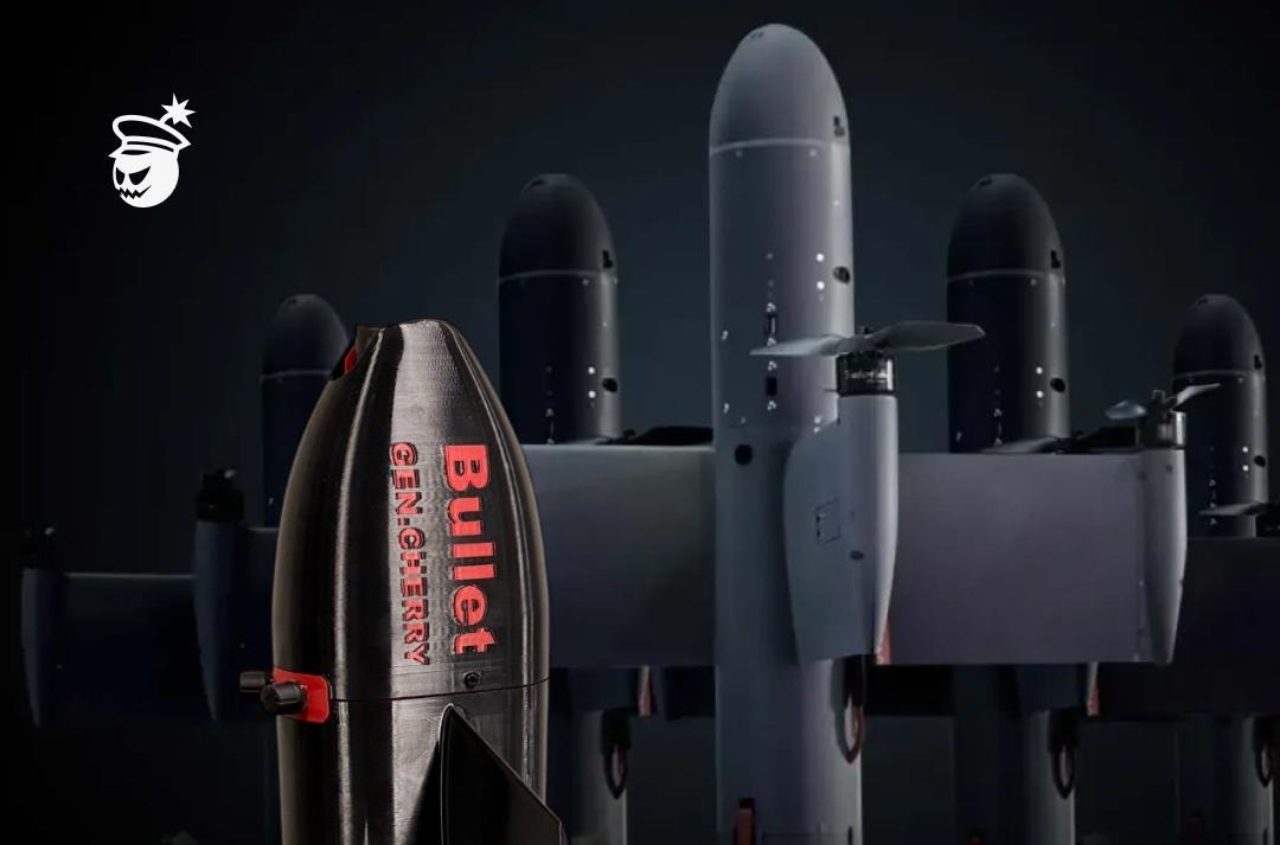Ukrainian manufacturer Kvertus has introduced the airborne version of the Azimuth radio-electronic reconnaissance complex. The development was presented at the 'Protect the Soldier from Drones' event at the end of August.
The primary mission of the Aero Azimuth complex is to identify the location of enemy drone operators for subsequent targeting, aiming to destroy or disrupt their operations. Instead of targeting the drone itself, the complex focuses on eliminating its most critical and costly component—the external pilot and crew, whose training is expensive and time-consuming, with further delays for achieving initial combat capabilities.
According to the developers, Aero Azimuth is designed to be positioned up to 9 kilometers from the combat line at various small and medium altitudes. While this penetration might seem modest in the current phase of the Russian-Ukrainian war, the passive nature of the complex means it can only be detected by optical reconnaissance, which is challenging but feasible given the current 'air traffic' of drones.

Kvertus representatives report that at medium altitude, the balloon system could detect radio emission sources from 60 kilometers away and triangulate them from 24-30 kilometers.
The system is mounted on a balloon produced by the domestic company Aerobavovna. Their balloons can stay airborne for up to 7 days without refueling, withstand wind gusts up to 15 meters per second, and carry payloads ranging from 4 to 25 kilograms. The optimal operating altitude for these balloons is between 300 and 700 meters.
In addition to the balloon, the complex includes a trailer equipped with a winch, gas bottle system, and necessary tools for repair and maintenance.
The use of balloons, with their key advantage of long-duration flight, allows for the establishment of a relatively low-cost and dense air-based system for radio-electronic, radar, or optical reconnaissance, and the creation of a signal relay network.





















